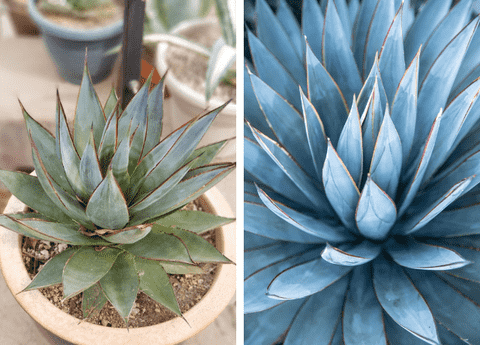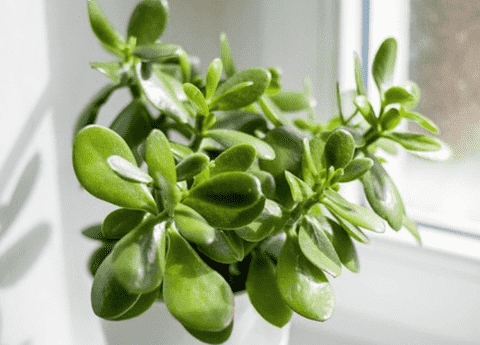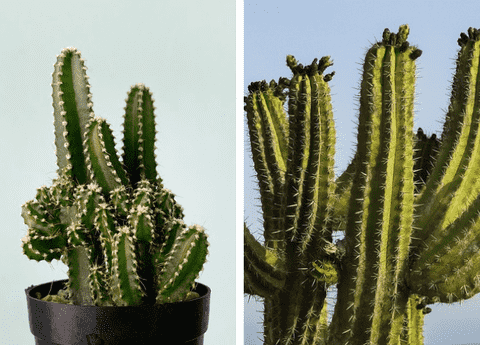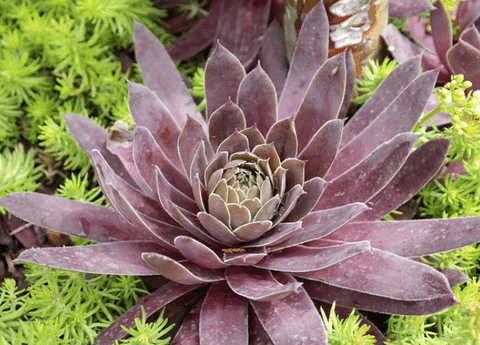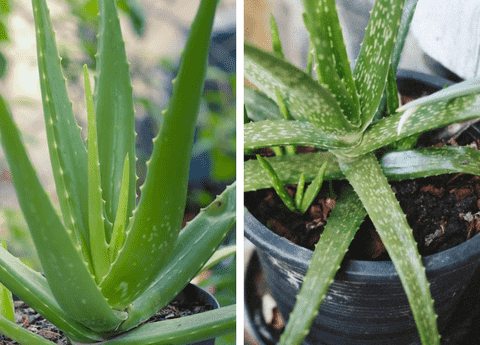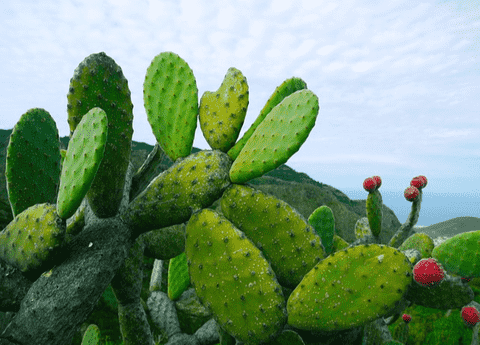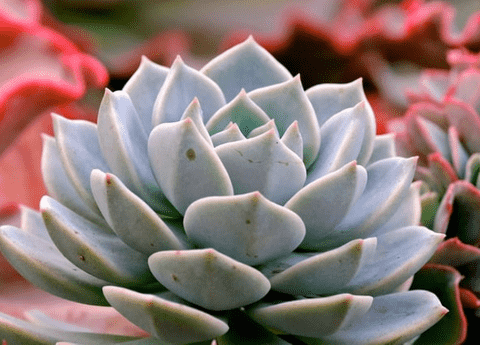How to Grow Agave: A Step-by-Step Guide for Beginners
Growing Agave can be a rewarding endeavor for garden enthusiasts, homeowners, and landscape designers alike, offering both aesthetic appeal and a touch of the exotic to any outdoor space. Known for their striking appearance and low-maintenance needs, Agave plants are a popular choice for those looking to add a hard yet beautiful element to their gardens. In this guide, we will cover everything you need to know about how to grow Agave, from selecting the right variety to understanding Agave plant care essentials. Whether you’re a novice gardener or a seasoned pro, our Agave growing tips will help ensure your plants thrive. Dive into the specifics of Agave sunlight needs and proper watering techniques to cultivate a healthy, vibrant Agave plant in your landscape.
Getting Started with Agave

Selecting the Right Agave Species
Selecting the right Agave species is crucial for ensuring that your plant thrives in its new environment. There are over 200 species of Agave, each with unique characteristics and requirements. Some popular varieties include Agave americana, known for its large, dramatic leaves, and Agave parryi, which is more compact and cold-hardy. Consider the climate of your region—Agave species like Agave tequilana thrive in warm, dry conditions, while others can tolerate colder temperatures. Additionally, think about the size of the mature plant; some species can grow quite large and may not be suitable for smaller gardens. By selecting a species that aligns with your local climate and garden size, you’ll set the stage for successful Agave plant care and growth.
Ideal Soil for Agave Growth

Agave plants thrive in well-draining soil, which is essential for preventing root rot and other issues associated with overwatering. Sandy or gravelly soil types are ideal for Agave growth, as they allow water to drain quickly. If your garden soil is heavy clay or retains too much moisture, consider amending it with sand, gravel, or a well-draining cactus mix to improve its texture and drainage capabilities. Additionally, a slightly acidic to neutral soil pH, ranging from 6.0 to 7.0, is best for most Agave species. Proper soil preparation can significantly impact the success of your Agave plant care routine, ensuring that your plants have the optimal environment to thrive.
Preparing Your Planting Area
Preparing your planting area is a critical step in how to grow Agave successfully. Start by selecting a sunny spot in your garden, as Agave plants thrive with ample sunlight. Ensure the area has good air circulation to prevent moisture buildup, which can lead to fungal issues. Clear the soil of any weeds, rocks, or debris that could compete with your Agave for nutrients. Dig a hole that is twice as wide and just as deep as the root ball of your Agave plant. If your soil is not naturally well-draining, mix in sand or gravel to improve its drainage properties. This preparation not only facilitates better Agave plant care but also sets the stage for a robust and healthy growth environment.
Essential Agave Plant Care

Agave Sunlight Needs
Understanding Agave sunlight needs is essential for ensuring your plants thrive. Agave plants are native to sunny, arid environments and require plenty of direct sunlight to grow well. Ideally, they should receive at least six to eight hours of full sun each day. In regions with extremely hot climates, some afternoon shade can help prevent sunburn on the plant’s leaves. However, insufficient sunlight can lead to weak growth and a less vibrant appearance. When planting your Agave, choose a location that maximizes its exposure to sunlight while providing some protection from the harshest midday rays if necessary. Proper sunlight is a key component of effective Agave plant care, contributing to the overall health and vigor of your plant.
Watering Agave Correctly

Watering Agave correctly is crucial to its health and growth. Agave plants are drought-tolerant and require minimal watering once established. Overwatering is one of the most common mistakes, as it can lead to root rot and other issues. During the initial planting period, water your Agave thoroughly to help the roots establish in the soil. After this, reduce the frequency to once every two to three weeks, allowing the soil to dry out completely between waterings. In particularly hot or dry climates, you may need to water slightly more often, while in cooler, wetter climates, less frequent watering is better. Always ensure that the soil drains well to prevent standing water. Following these Agave growing tips will help you maintain a healthy, vibrant plant.
Fertilizing Your Agave Plant
Fertilizing your Agave plant can enhance its growth, but it’s important to do so sparingly. Agave plants are naturally adapted to nutrient-poor soils and typically do not require heavy fertilization. Over-fertilizing can lead to overly rapid growth, which may weaken the plant and make it more susceptible to pests and diseases. Use a balanced, slow-release fertilizer designed for cacti and succulents once during the growing season, usually in the spring. To prevent overfeeding, apply the fertilizer at half the recommended strength. Make sure to water the soil before and after applying the fertilizer to help distribute the nutrients evenly. Proper fertilization is an integral part of Agave plant care, promoting strong, healthy growth without compromising the plant’s natural resilience.
Agave Growing Tips

Common Pests and Diseases
Agave plants are generally hardy, but they can still fall victim to common pests and diseases. One of the most prevalent pests is the agave snout weevil, which burrows into the plant’s base, causing it to collapse. To prevent infestations, inspect your plants regularly and remove any affected parts immediately. Root rot is another common issue, usually resulting from overwatering and poor drainage. Ensure your soil drains well and avoid excessive watering to keep root rot at bay. Fungal infections can also pose problems, especially in humid conditions. If you notice discolored or wilted leaves, treat your Agave with a suitable fungicide. Keeping an eye out for these common issues and addressing them promptly is key to effective Agave plant care, ensuring your plants remain healthy and vibrant.
Pruning and Maintenance

Pruning and maintenance are essential aspects of Agave plant care that help keep your plants looking their best. While Agave plants are generally low-maintenance, periodic pruning can remove dead or damaged leaves, which not only improves the plant’s appearance but also prevents potential pest infestations. Use a sharp, clean knife or pruning shears to cut away any dead or yellowing leaves at the base. Be cautious, as some Agave species have sharp spines that can cause injury. Additionally, monitor your Agave for any offsets or “pups” that may grow around the base. These can be removed and transplanted to propagate new plants. Routine maintenance, including checking for pests and ensuring the soil remains well-drained, will contribute to the overall health and longevity of your Agave plants, keeping them vibrant and thriving.
Propagating Agave Successfully

Propagating Agave successfully can be a rewarding way to expand your garden. The most common method of Agave propagation is through offsets, also known as “pups,” which grow around the base of the parent plant. To propagate, wait until the pups are at least a few inches tall. Carefully dig around the base of the pup to expose its roots, then gently separate it from the parent plant using a clean, sharp knife. Allow the pup to dry for a day or two to let the cut surfaces callous over, which helps prevent rot when planted. Plant the offset in a well-draining soil mix, similar to that used for mature Agave plants. Water sparingly until the new plant establishes its roots. With a little patience and care, you can successfully propagate Agave, adding more of these striking, low-maintenance plants to your garden.

